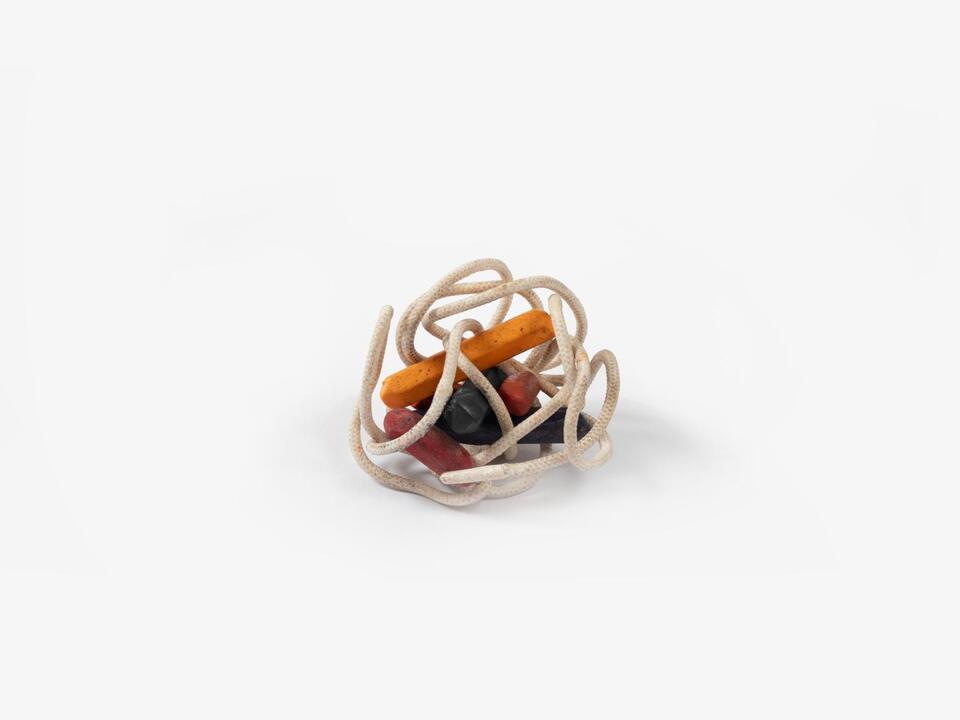Physical Address
304 North Cardinal St.
Dorchester Center, MA 02124
Physical Address
304 North Cardinal St.
Dorchester Center, MA 02124

A curved walkway seems to float in midair, like the bridge in a Japanese watercolor, offering unexpected views of the Leeds street below. This aerial pathway connects the Victorian elegance of Leeds Art Gallery, known for its satirical Hogarths, Pre-Raphaelite damsels, Rodins, Epsteins, and early works by Paula Rego, to the Henry Moore Institute next door.
The bridge had been closed for several years, severing the link between historical and contemporary art. Specifically, it broke the connection between sculptures dating back to 1712 in the old gallery and modern pieces housed in the new. However, it has now reopened along with a renovated Henry Moore Institute, which boasts wider welcomes, brighter decor, and improved research facilities. To mark this occasion, the institute chose a fitting artist: the immensely inventive Hany Armanious.
Born in Egypt in 1962, Armanious emigrated to Australia at the age of six. His work often reflects the strangeness of encountering a whole new world, different from what he left behind. This sense of novelty is captured in the exhibition’s title, “Stone Soup,” a phrase that evokes a mix of paradox and peculiar wonder.
The exhibition opens with “Moth,” a curious, shoebox-sized object sitting on a window ledge. Its upper part resembles a dry, brown carapace, possibly made from terracotta, while the lower part appears to be some kind of plant pot holder. This odd creation recalls a moth in a very abstract sense, blending bizarre elements like a nose-like feature that could be made from a baguette end, stuffed into a crust. The overall impression is one of a unique personality, even if its resemblance to a moth is tenuous.
Armanious often incorporates everyday items, such as shoelaces, candlesnuffers, lumps of Blu-Tack, or empty jam jars, stripping away their original associations to make viewers see them anew. In one piece, he assembles stone chips, concrete, and mortar into what looks like building materials lying on the ground. Titled “The World,” it suggests a sedimentary mass beneath our feet.
Another piece, a sideways noticeboard, transforms pinpricks into a starry outer space. Rubber bands on a peg turn into amber bracelets, showcasing Armanious’s skill in making both small and large adjustments to everyday items.
Armanious’s method of casting everything in resin adds to the sense of estrangement. Soft objects like foam, wax, and felt become hard to the touch, creating a curious juxtaposition. A log suspended from a hook may appear flaccid, reminiscent of Claes Oldenburg’s soft sculptures, but it is as rigid as a Giacometti bronze. The log is adorned with teardrop patterns characteristic of a specific palm frond, and it rests on a polystyrene plinth marked with tear-like pitting. This work, titled “Weeping Woman,” alludes to Pablo Picasso.
Despite numerous references to tears, Armanious’s creations are far from sorrowful. One of the most intriguing pieces, “Mumble” (2023), features a shoelace entangled around what appear to be wax crayons, symbolizing a struggle to free both words and images.
In Armanious’s world, objects and images are inextricably linked. The back of a painting, its frame filled with soil, becomes a sculpture humorously titled “Flat Earth”. Sections of an old garden gate meld together, transforming wrought iron into elegant calligraphy. Even an abandoned sink filled with autumn leaves becomes a sculpture titled “Image”.
Armanious, head of sculpture at Sydney’s National Art School and representative of Australia at the 2011 Venice Biennale, is at the peak of his artistic prowess. It’s surprising that this is his first solo exhibition in a European museum. Curated empathetically by the Henry Moore Institute’s director, Laurence Sillars, the show highlights Armanious’s fascination with forms, extending even to modernist sculpture.
A picture frame sans picture leans against the wall, its glaze catching the hazy reflections of passing people. Titled “Sleeping Under Water,” it encapsulates the lyrical quality that runs through the exhibit.
Two more sculptures in the show are also titled “Moth.” One comprises a table tennis bat, evoking the remembered sound and semblance of folded wings. The other is stunningly beautiful: a fragment of a woven basket that transforms into delicate, paper-like wings halfway up to the ceiling. This ethereal piece feels like a fragile drawing on the wall, defying gravity.
Hany Armanious: Stone Soup runs at the Henry Moore Institute in Leeds until November 3rd.
Source: The Guardian



